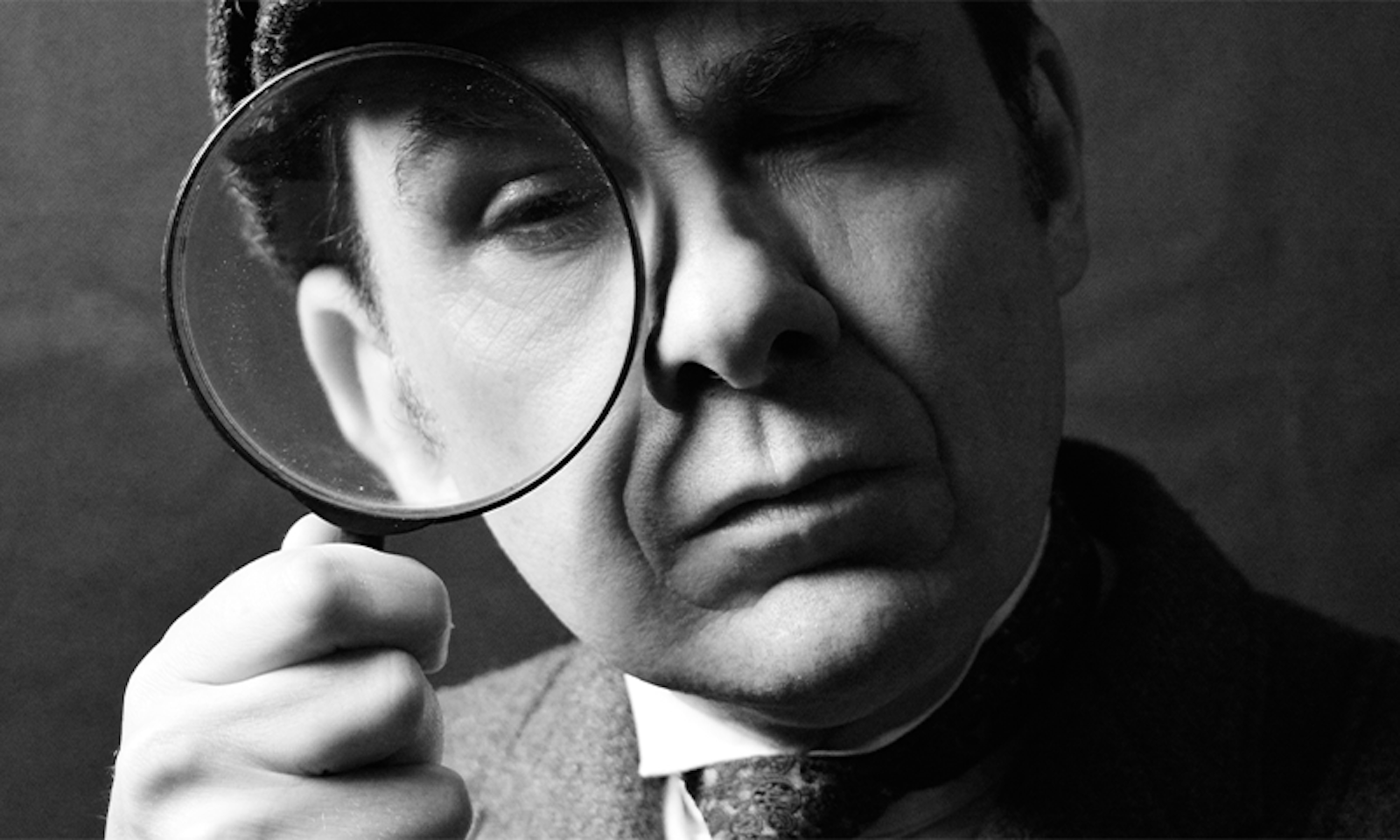You can put back anything but dust,” says fictional detective Sherlock Holmes in the British TV drama Sherlock. “Dust is eloquent.” We may know dust as a substance of little consequence. It’s infinitesimal, scattered by the winds of time, accumulating in snarls under the bed or neglected corners of our living rooms. But dust has fascinated criminologists and sleuths for over a century due to the way it moves and the elemental and biological particles it carries with it.
Now some scientists have devised new methods for using the tiniest particles of dust to help solve crimes. DNA and biochemical analysis of dust collected from a person’s shoes, clothing, or body could help forensic investigators match those particles to samples from a crime scene or an existing reference database, according to a study recently published in FSI Genetics. The scientists examined samples of airborne particles of soil, about 70 microns across—equal in size to the diameter of a human hair or the thickness of a sheet of paper—which can easily get blown around and stick to our skin and apparel.
Dust just opens a whole new door.
“If you were to go for a walk or go outside, you might take home dust in the zipper lining of your bag,” says Nicole Foster, now a postdoctoral environmental DNA researcher with the Smithsonian Institution. “That’s the stuff that gets stuck on things. It’s what gets blown around. When you go somewhere, it’s what you take with you.”
Austrian jurist Hans Gross was the first to propose using dust as a forensic evidence tool back in 1893, when he published the original practical guide to investigating a crime scene. Inspired by Gross and Sherlock Holmes, French criminologist Edmond Locard, who created Europe’s first police laboratory, took this a step further in the early 20th century. He proposed that forensic experts photograph interesting accumulations of dust at a crime scene, collect it with a special vacuum, and put it under the microscope to see what it might reveal. But dust profiling has long been an imprecise science. Foster and her colleagues wanted to see if using DNA typing of bacteria and fungi in dust as well as biochemical analysis could help investigators determine the precise provenance of tiny particles of dust.
For their study, the scientists set out to determine whether the DNA profiles of dust samples from a single geographical location would remain stable over time. To test this, they set out small tiles, 1 square meter in size, at each of three collection sites in South Australia with different kinds of soils. They then swabbed the tiles for DNA after 1, 4, 8, and 12 weeks and found that the DNA profiles held over the 12-week period. Foster says she was surprised to also find signature minerals—especially talc from one site that had a talc mine not too far away.
When you go somewhere, dust is what you take with you.
Foster and her colleagues were able to predict provenance for 67 percent of the dust samples using bacteria profiles and 56 percent using fungi profiles. These distinct DNA signatures pertained to sites more than 20 kilometers away from one another, but Foster says it’s possible that such DNA profiling could distinguish between sites just 5 meters apart. Fungal and bacteria communities can change with the seasons, so these temporal changes would need to be taken into account.
The field of environmental DNA profiling has expanded rapidly in recent years. Scientists can now test the waters or the air and determine if a specific species (say, an invasive pest) has recently been there. Or they can sample to see what kind of species diversity an ecosystem contains. But forensic dust profiling flips this approach on its head: To tell where a person has been, look at the particles they carry with them.
“Dust just opens a whole new door,” says Foster, “because it gets everywhere.” Forensic scientists are still trying to get that dust to talk. ![]()
Lead image: J Walters / Shutterstock
































